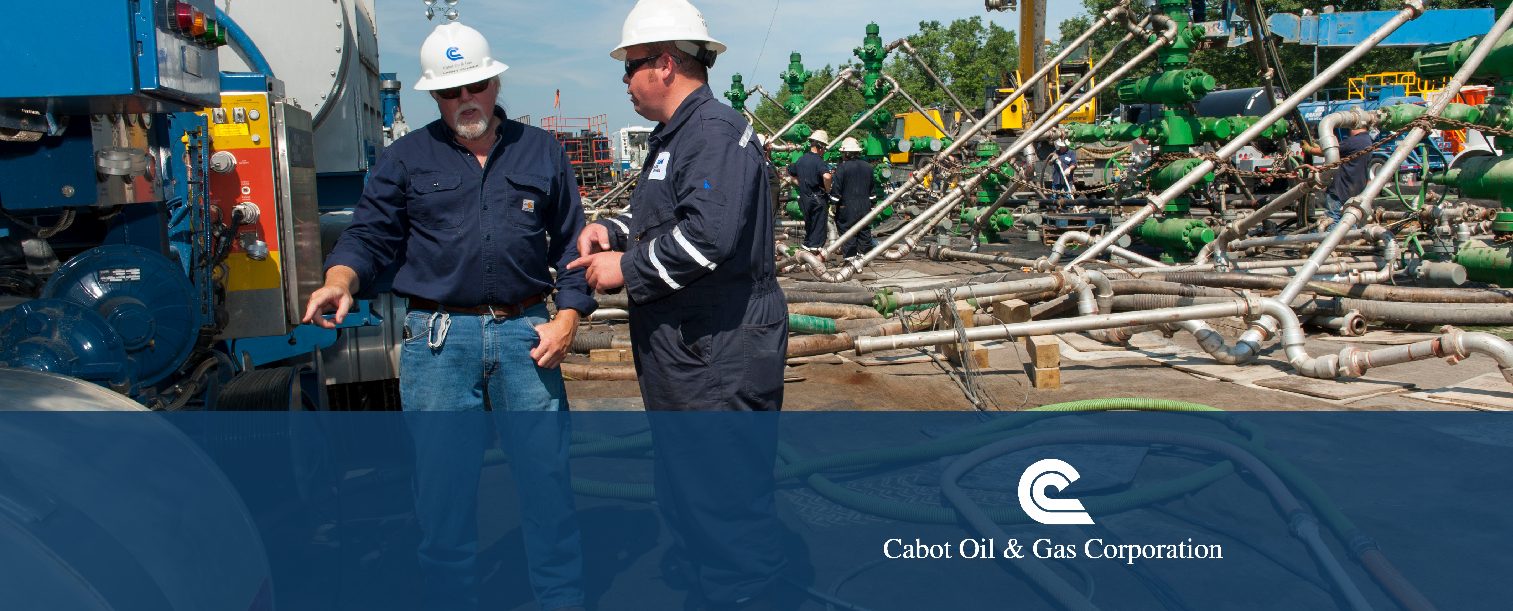[vc_row animation=””][vc_column width=”1/1″][vc_single_image css_animation=”” image=”7912″ border_color=”” img_link_large=”” link=”https://wellsaidcabot.com/wp-content/uploads/2015/06/image1.jpg” img_link_target=”_self” img_size=””][/vc_column][/vc_row][vc_row animation=””][vc_column width=”1/1″][vc_column_text]In September 1955, Cabot Industries included a story in The Flame titled “Our Domestic Gas is Another Cabot Service.” In the article, Cabot explained that they remained a strong utility in West Virginia by selling gas to the “ultimate consumer.” The article explained that Cabot directly provided 19,000 domestic, commercial and industrial consumers in West Virginia with natural gas. Today, Cabot continues to extract natural gas, but does not directly supply the product to customers.
[/vc_column_text][/vc_column][/vc_row][vc_row animation=””][vc_column width=”1/1″][vc_custom_heading text=”” font_container=”tag:h3|font_size:30px|text_align:left|line_height:32px” google_fonts=”font_family:PT%20Sans%3Aregular%2Citalic%2C700%2C700italic|font_style:400%20regular%3A400%3Anormal”][/vc_column][/vc_row][vc_row animation=””][vc_column width=”1/1″][vc_column_text]
Back in 1955, Cabot Industries worked hard to serve “good-sized towns and communities” and also individual consumers along their high pressure or field lines in rural areas. To reach these goals, Cabot Industries had over 125 miles of distribution pipelines of all different sizes.
[/vc_column_text][/vc_column][/vc_row][vc_row animation=””][vc_column width=”1/1″][vc_single_image css_animation=”” image=”7911″ border_color=”” img_link_large=”” link=”https://wellsaidcabot.com/wp-content/uploads/2015/06/Flame-2.jpg” img_link_target=”_self” img_size=”medium”][/vc_column][/vc_row][vc_row animation=””][vc_column width=”1/1″][vc_column_text]The article in The Flame explains the processes Cabot Industries had to go through to make sure the gas pressure was adequate to get the gas from one point to another using the pipeline systems. Most of the field or high-pressure lines that fed the pipeline systems carried anywhere from a few pounds to hundreds of pounds of gas pressure. For home consumption, the gas pressure had to be around 8.5 ounces, which means regulators must reduce and hold the pressure before allowing it to flow into homes, a practice which is still used today.
[/vc_column_text][/vc_column][/vc_row][vc_row animation=””][vc_column width=”1/1″][vc_column_text]At the time, the Public Safety Service Regulations required all domestic meters to be changed and tested every seven years for accuracy. Cabot Industries, on the other hand, completed this much more often. Cabot’s domestic gas systems had all the mechanical and safety equipment possible to give safe and adequate service to our customers. It took a lot of planning and hard work from the men and women on the job who were in charge of the whole system.
[/vc_column_text][/vc_column][/vc_row][vc_row animation=””][vc_column width=”1/1″][vc_custom_heading text=”” font_container=”tag:h3|font_size:30px|text_align:left|line_height:32px” google_fonts=”font_family:PT%20Sans%3Aregular%2Citalic%2C700%2C700italic|font_style:400%20regular%3A400%3Anormal”][/vc_column][/vc_row][vc_row animation=””][vc_column width=”1/1″][vc_single_image css_animation=”” image=”7910″ border_color=”” img_link_large=”” link=”https://wellsaidcabot.com/wp-content/uploads/2015/06/Flame.jpg” img_link_target=”_self” img_size=”medium”][/vc_column][/vc_row][vc_row animation=””][vc_column width=”1/1″][vc_column_text]The picture to the right shows a Cabot employee collecting a bill for natural gas directly from a customer in 1955, which is a bit different from current operations. Today, Cabot’s focus is less about directly selling natural gas to homes and businesses as a utility but more about producing and moving natural gas and oil into markets for consumption.[/vc_column_text][/vc_column][/vc_row]


